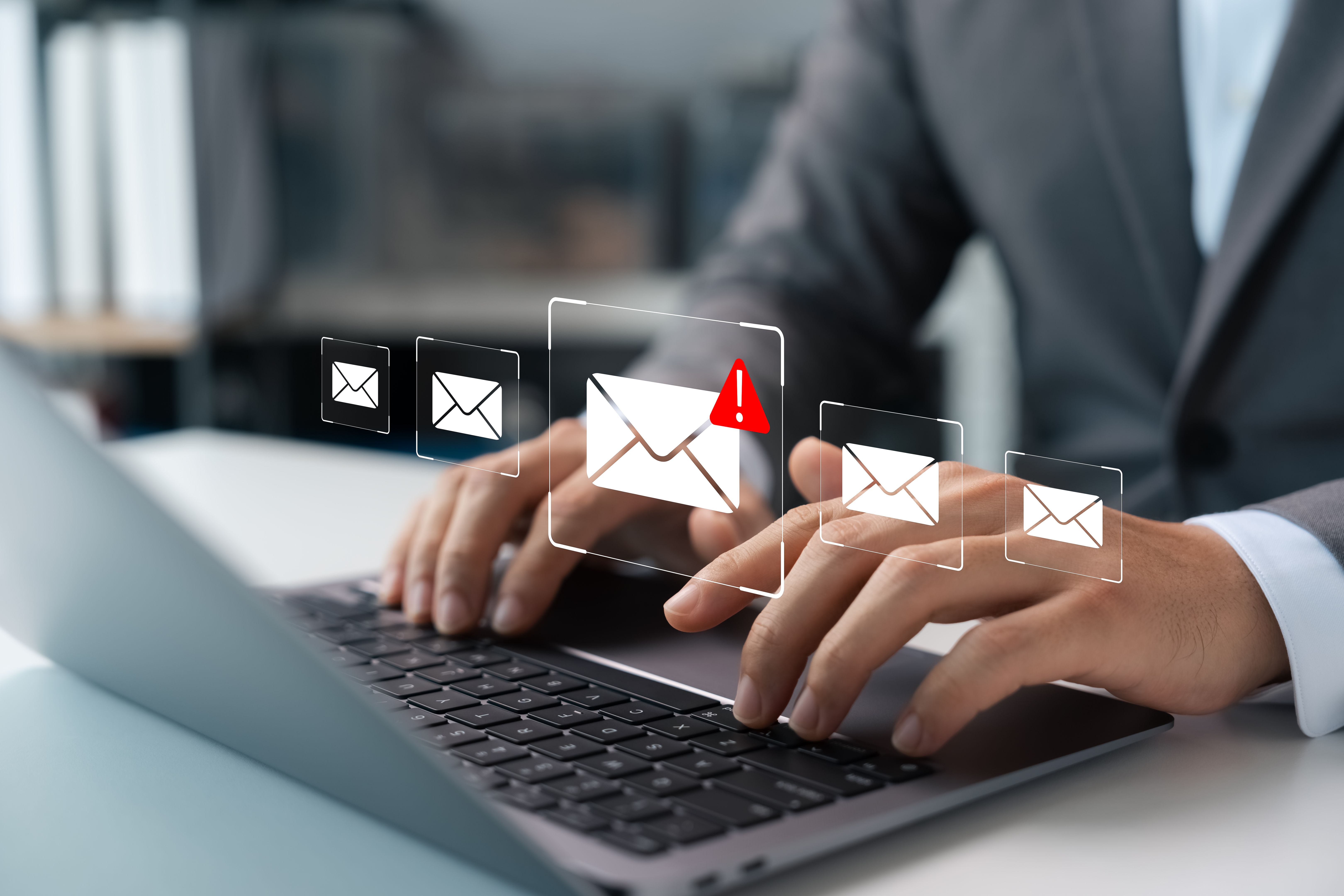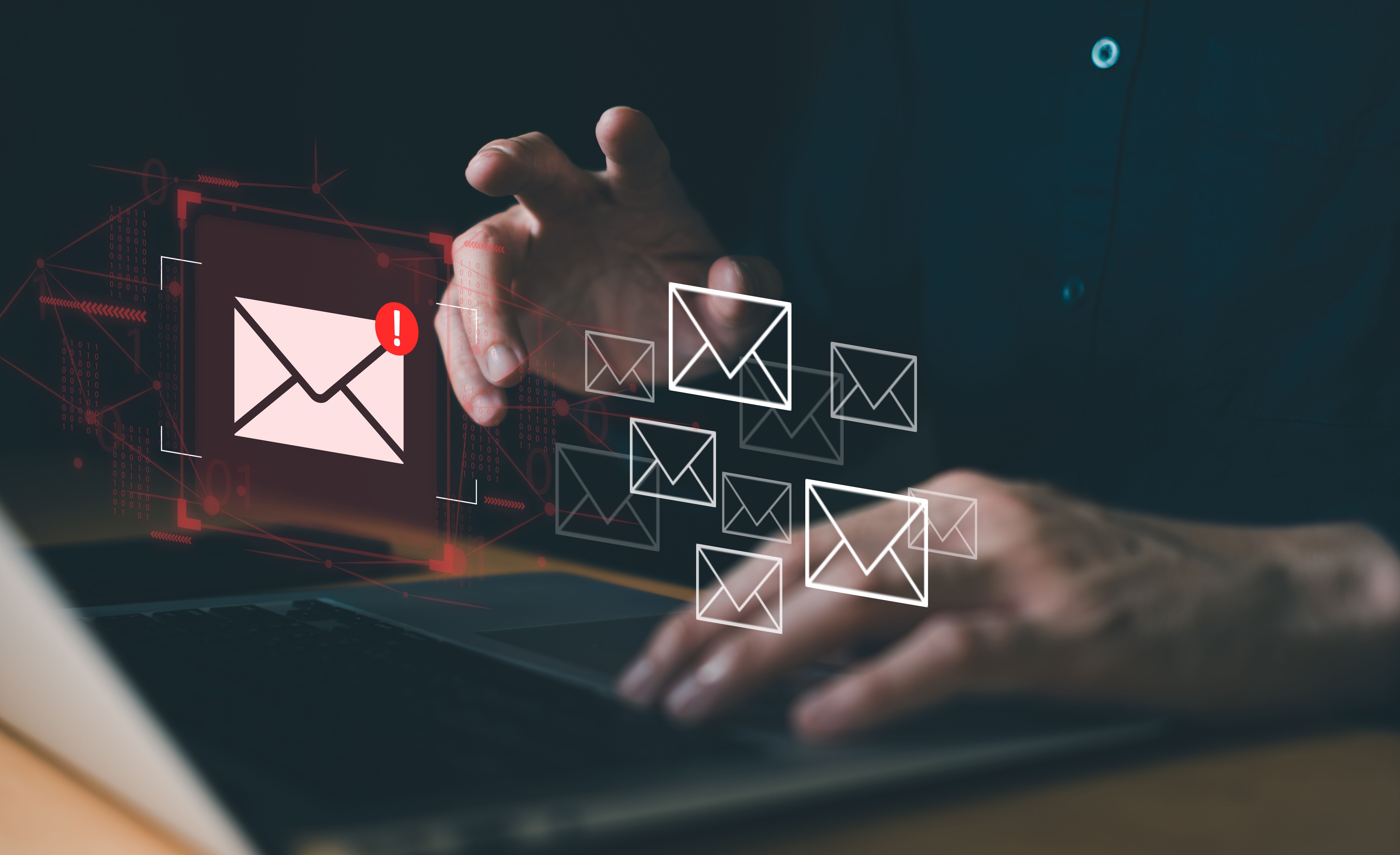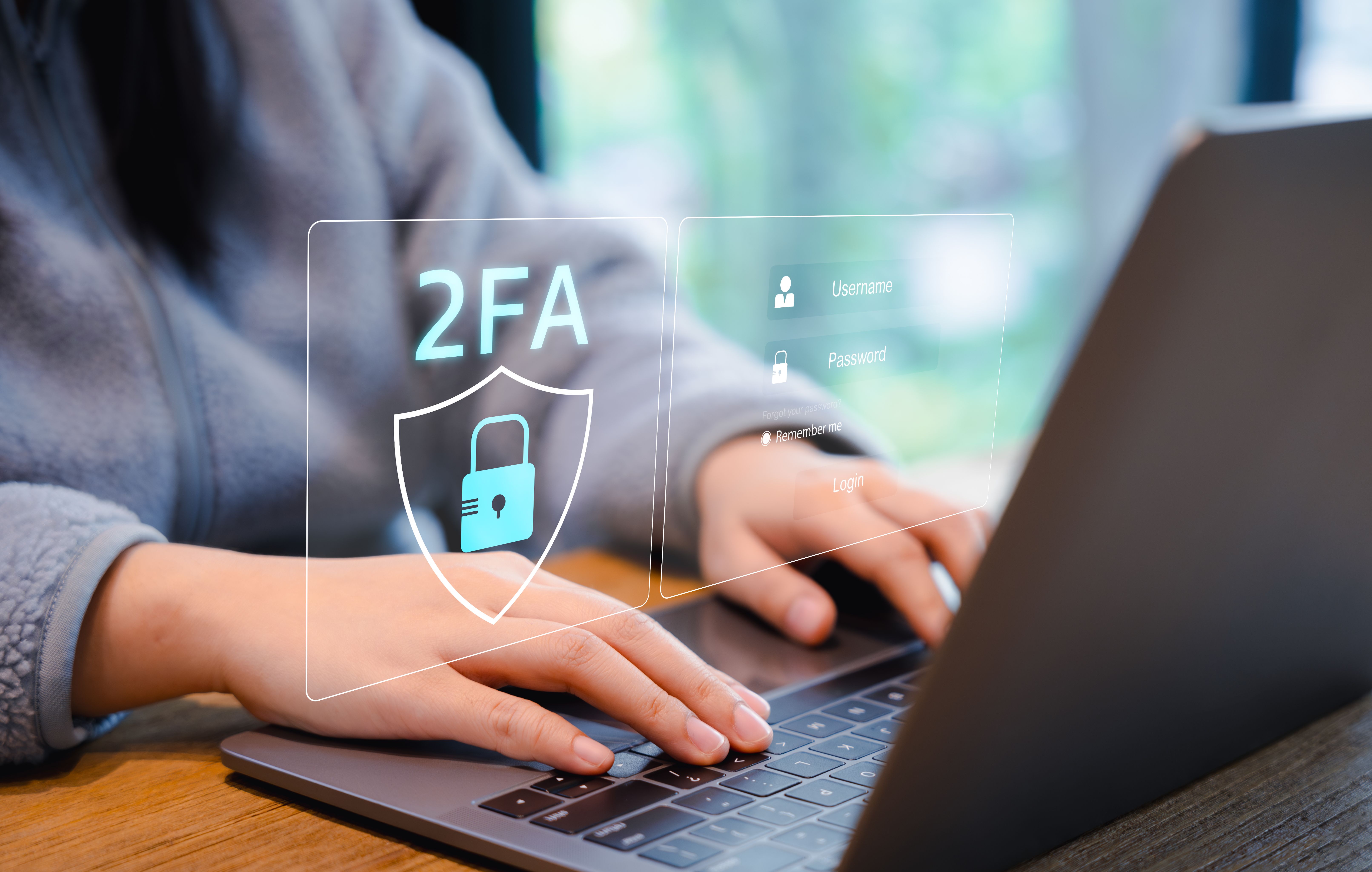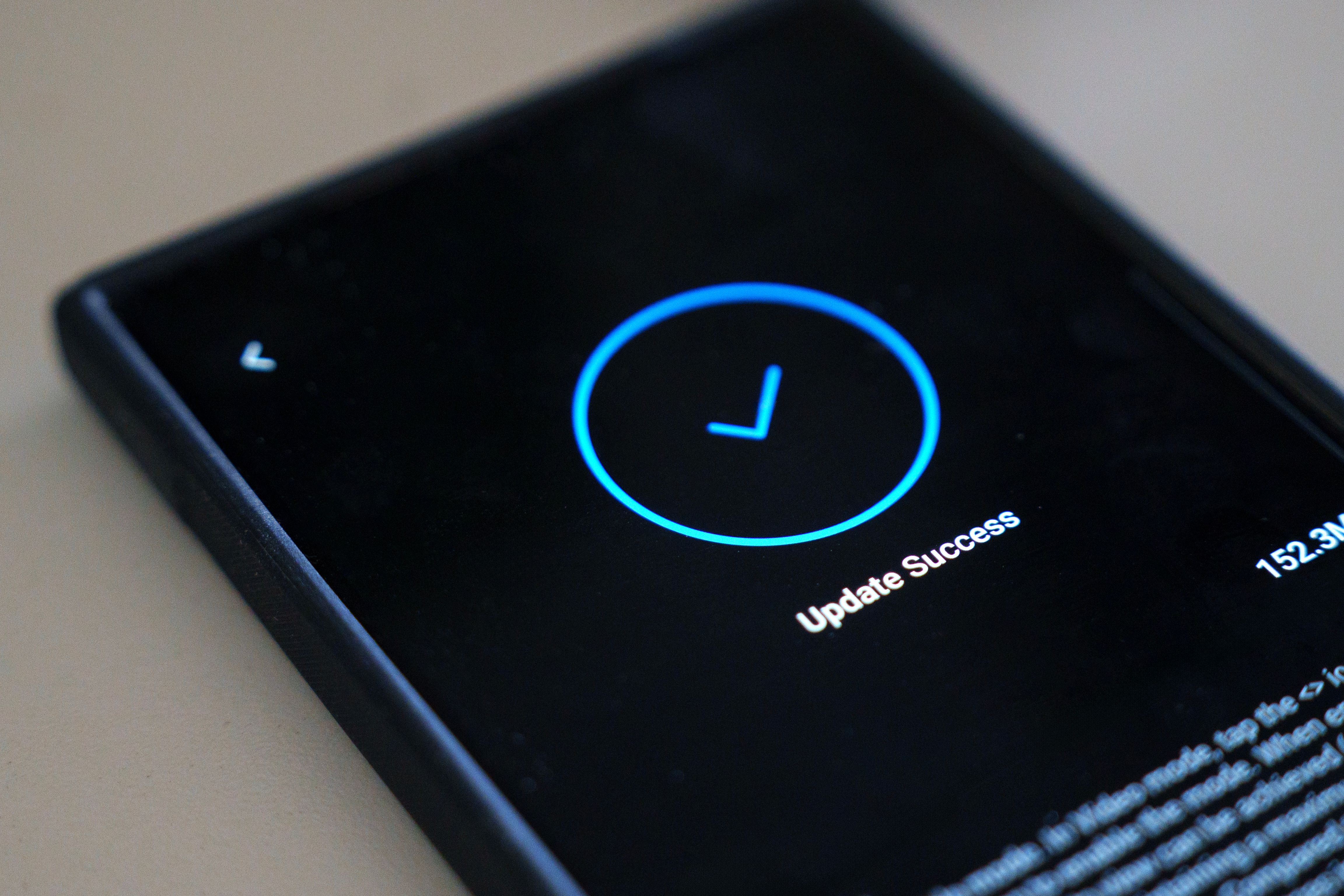Email Security: Tips to Protect Your Inbox
Why Email Security Matters
Let’s talk email security. Your inbox is basically your digital front door, and cybercriminals are always looking for ways to sneak in. Whether it’s phishing scams, malware, or sneaky login attempts, knowing the right email security tips can help you lock things down and keep your personal info safe.
If you want to level up your overall security, check out our " to keep you safe online" guide.

Common Email Threats to Watch For
Before we dive into the best email security practices, let’s look at what you’re up against:
- Phishing: Fake emails trying to trick you into giving up personal info or clicking dodgy links.
- Malware: Dangerous software hidden in attachments or links that can infect your device.
- Unauthorised Access: Hackers are trying to break into your account without your permission.
Recognising these threats is the first step in mastering email security and protecting your digital life.
Want to get better at spotting scams? Read our "How to Spot Phishing."
Phishing Scams: Don’t Get Hooked
Phishing emails can look incredibly convincing. They might use real company logos, urgent language, or even pretend to be someone you know. Here’s how to boost your email security against phishing:
- Double-check the sender’s email address.
- Don’t click on links or download attachments from unknown sources.
- Be wary of emails asking for personal info or money.
If you ever need to report a scam, visit "How to Report Online Scams."

Strengthen Your Passwords
Your password is your first line of defence for email protection. Make it strong:
- Use a mix of upper and lowercase letters, numbers, and symbols.
- Avoid using the same password across multiple accounts.
- Consider a password manager to keep things secure and organised.
For more advice, check out our best way to secure our passwords.
Two-Factor Authentication: Double Up on Email Security
Two-factor authentication (2FA) adds an extra layer of email security. Even if someone gets your password, they’ll need a second code to access your inbox. It’s one of the most effective ways to secure your email account.
Not sure how to set it up? Here’s a guide on how to set up two factor authentication.

Spotting Suspicious Emails
Here’s what to look out for to keep your inbox secure:
- Emails from unfamiliar senders or addresses that look “off”.
- Poor grammar, weird formatting, or generic greetings.
- Urgent requests for personal info, passwords, or money.
If something feels off, trust your instincts; don’t click, don’t reply, and don’t download anything.
Keep Your Software Updated
Your email client (like Outlook or Gmail) and your devices need regular updates to stay secure. Updates fix bugs and patch vulnerabilities that hackers love to exploit. Don’t ignore those update notifications. Keeping your software current is a key part of email security.
Want to know more about why updates matter? Check out Why Software Updates Matter.

Monitor Your Account Activity
Regularly check your account activity for any logins from unfamiliar locations or devices. Most email providers let you review recent activity and send alerts if something suspicious happens. If you spot anything odd, change your password right away and review your security settings.
Final Thoughts
Your inbox holds a ton of personal and professional info, so email security should always be a priority. By following these email protection tips: Using strong passwords, enabling two-factor authentication, staying alert for phishing, and keeping your software updated—you’ll stay one step ahead of cyber threats and keep your digital life locked down.
Want a full breakdown of how to stay secure online? Visit our "Online Safety Tips" page for more essential advice and resources.
Looking for more cybersecurity tips?
Explore the full blog at kellssecurity.com.
Got questions? Contact us... we’re here to help!
